How I Made $333 Selling an eBook (When I Should Have Made More)
publishing·@meholstein·
0.000 HBDHow I Made $333 Selling an eBook (When I Should Have Made More)
 In August of 2013, I decided to start writing “Little Idea, Big Dream: How to Make Your First App.” It was a free 30pg eBook destined for the iTunes store. It was done two and a half months later and posted on the iTunes store. It was promptly taken down a month later when someone called me an “author." I felt the term was ridiculous when applied to a free eBook. I began to take a closer look at my project and realized that the content could be expanded into a whole book. Over the next year, I kept my head down writing [Idea to App: The Absolute Beginner’s Guide to App Development](http://www.ideatoappbook.com/products/book/). The premise of the book was the same, except that this book is 200pgs of examples, how-to’s, case studies, and other goodness.  But once that year was up, it came time to put the finishing touches on the book and begin to sell it. > Why didn’t I traditionally publish, you ask? Why self-publish? > It was never a question; looking online at the royalty rates and the amount of control publishing companies impose on your writing style, your editing and your book cover, I knew traditional publishing wasn’t for me. I’m an entrepreneur, after all. That is when I realized I had no audience, so I had no pre-sales and no chance of this being successfully sold without a lot of hard work. Already a year in, and in one sense was starting from scratch. All of these seperate pieces were worked on simultaneously, but are best discussed separately. ## The Book Cover 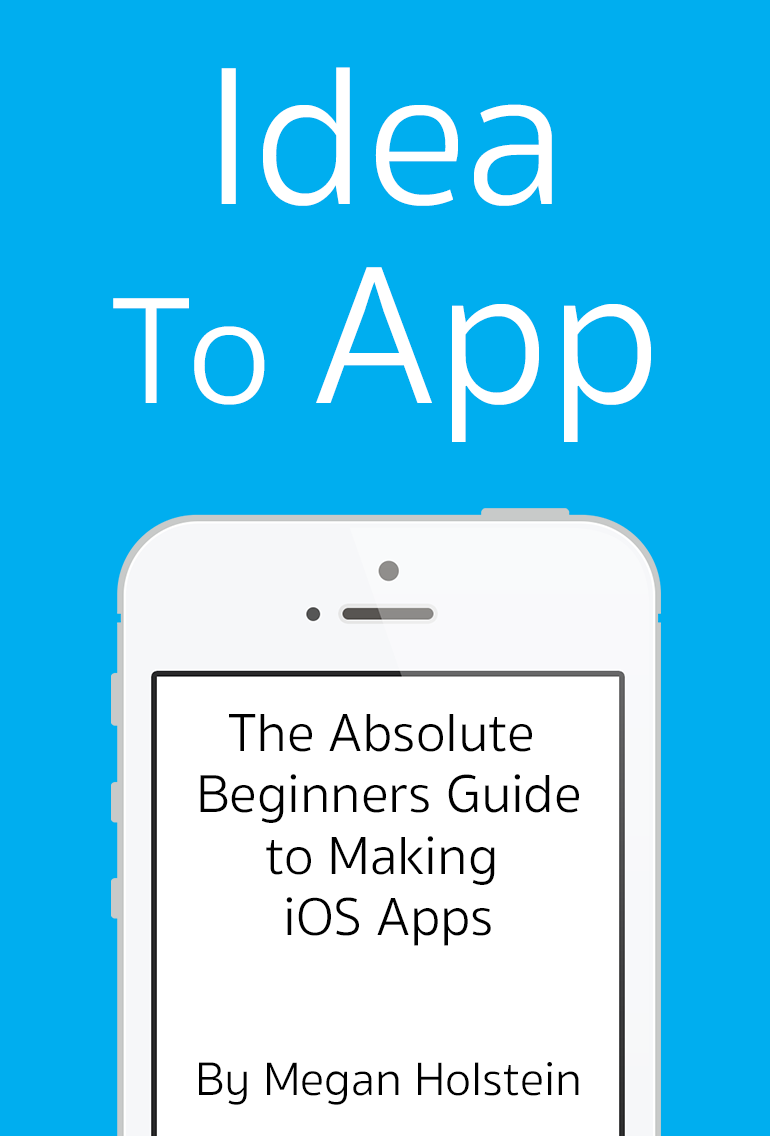 Mockup/idea for the cover The first step seemed fairly obvious, and that was to make a webpage for the book. So I hopped on my personal website and threw up a page with a cover of my book, a description, and text saying “pre-order coming soon.” To do that I needed a book cover. All I had was this sad image, which was little more than a placeholder for what I thought the final cover should kind-of sort-of look like. This sad image was taken to Reddit on /r/freedesign and /r/PhotoshopRequest. One of the members immediately got back to me with a stunning book cover draft for free, and she was brought on as the book cover designer for the project. The free design from /r/freedesign. 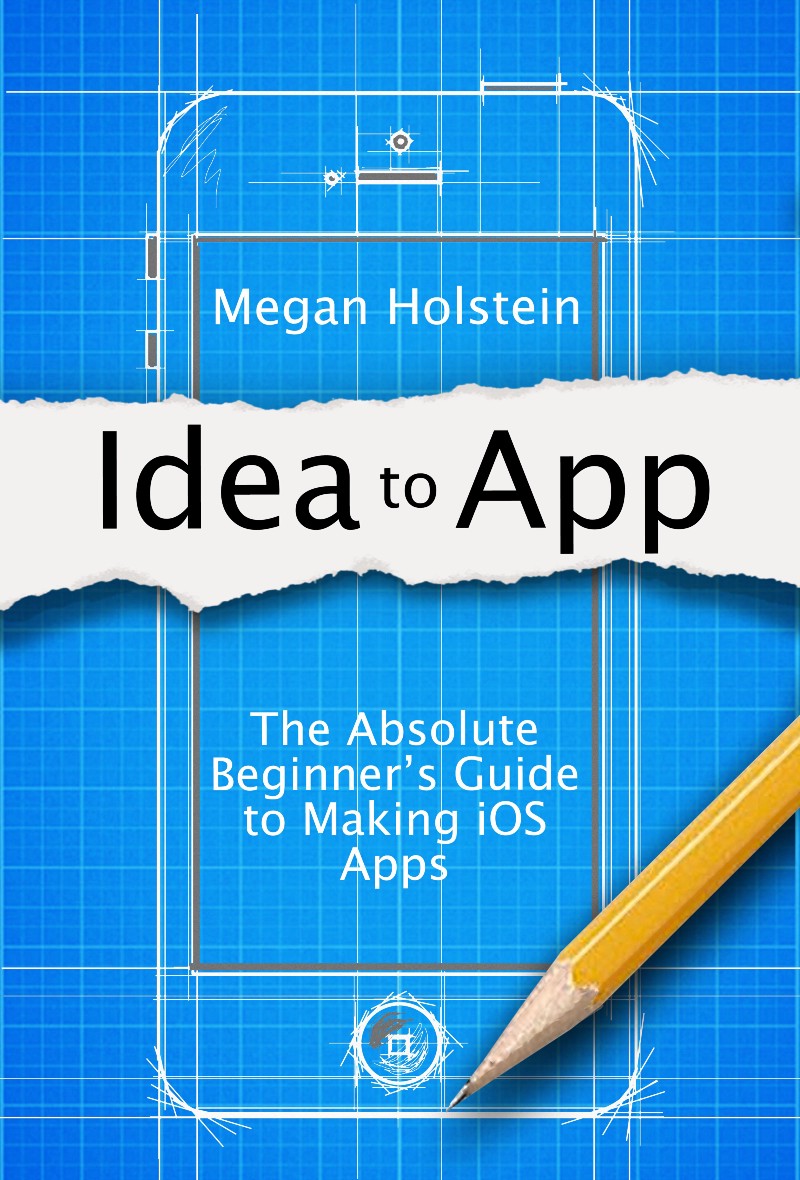 *EDIT: From my vantage point in 2018, I can see clearly that I should have gone with this cover in the first place. A book cover makes or breaks your book, and my chosen book cover broke it.* This book cover design went through a couple iterations, and we ended up not settling on a cover design together because of a direction change I wanted to make. I saw [Design Then Code](https://designthencode.com), and thought that design ethic was too beautiful to ignore, and the designer didn’t have the time to dedicate to this complete turnaround. I’m a designer myself, and while I struggled previously with the project, with this new direction I decided to try my hand at a book cover. 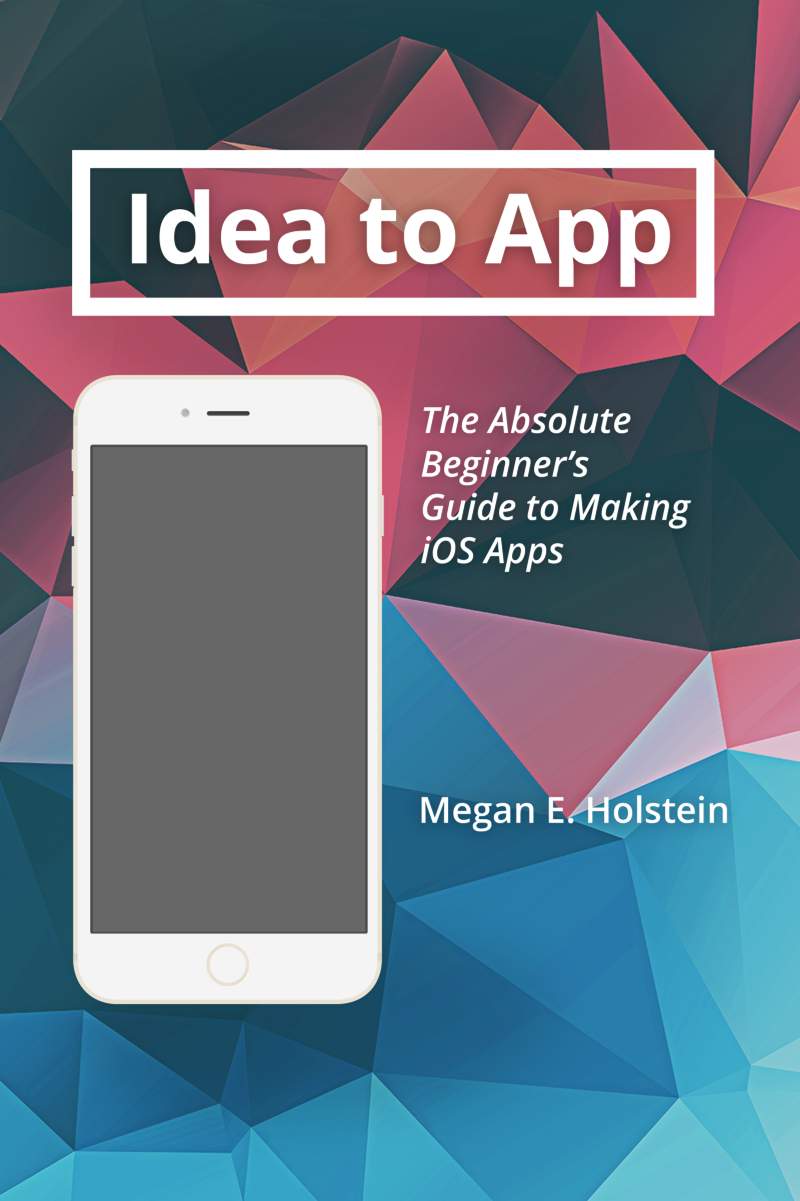 This first draft didn’t satisfy me, but it got a great amount of praise from friends and family for being a cool, new design. Unfortunately, when the print proof copy was shipped to me, it wasn’t as attractive. The colors were dull and faded on a book cover. The book cover only went through one more iteration before the final design, featured above, was chosen. ## The Marketing The marketing is what turned what could have been a fantastic book and launch (I was hoping for $1000+) to a mediocre $130 on launch day. Idea to App ran the gamut: website, content marketing, email list, pre-orders, attempt at autoresponders, the whole bit. What went right and what went wrong? #### The Website Itself 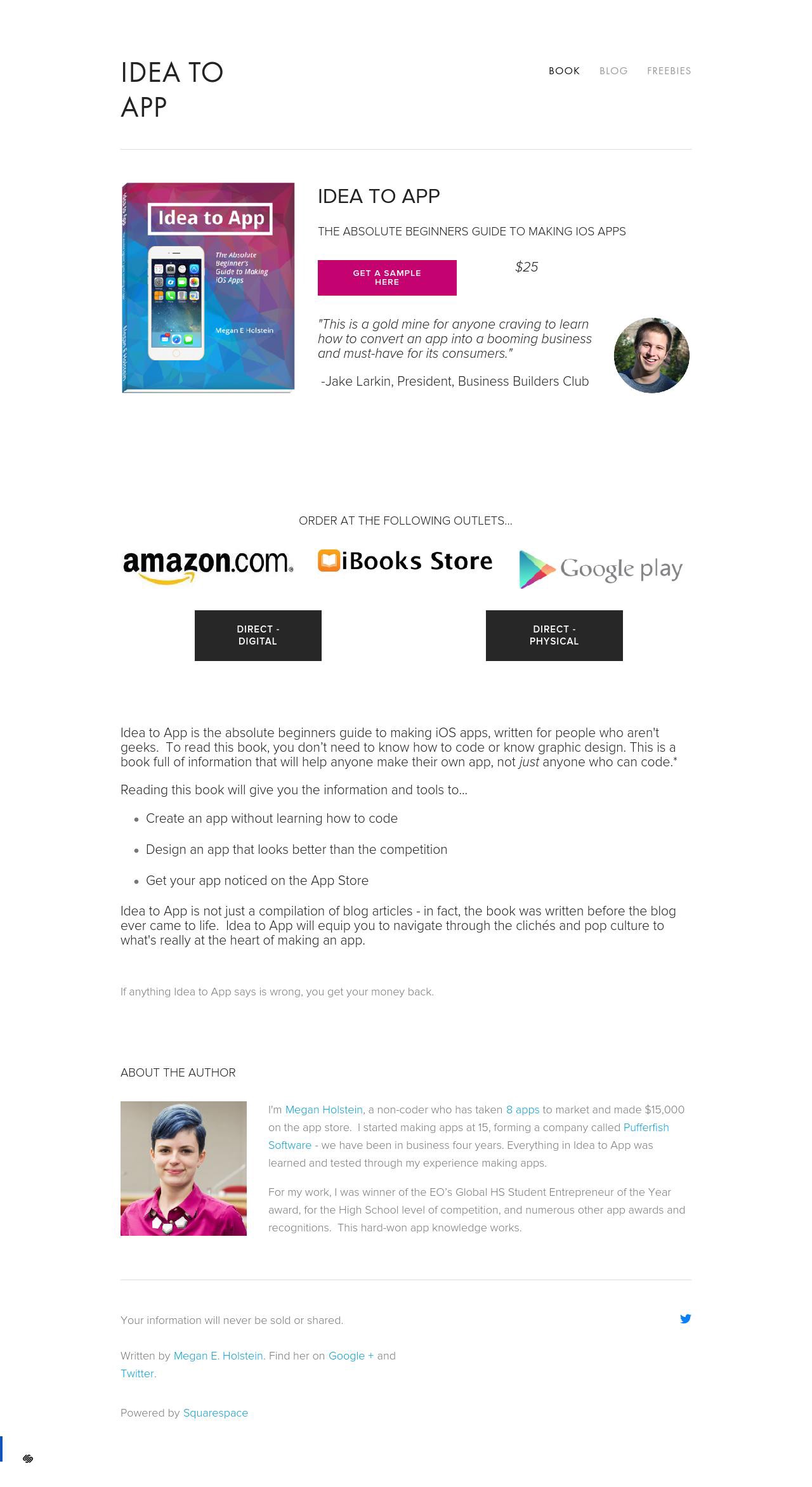 The website went through two iterations: a version that looked scammy and a version that looked less scammy. Unfortunately for everyone, I do not own any screenshots of the old version of the website, but the new version can be found in it’s present, live form here, and the way it looked at the time of writing is posted above. The scammy version was essentially the same thing but had a brightly colored blue logo and a brightly colored blue background. Initially styled after the content marketers of the internet, I realized I didn’t want to be a full-fledged internet guru type and dialed it back a notch (or four). The URL, Ideatoappbook.com, while long was not a problem. Nobody ever complained or had trouble finding the website (well, they didn’t have trouble finding the website because of the URL). Traffic for my website over it’s lifespan:  #### Content Marketing & Email List This is where I got off on the wrong foot. A beginner in content marketing and internet promotion, I flocked to QuickSprout and other similar websites to show me how to market with a blog. A blog seemed perfect, because I could post content from my book and get people interested. I had the feeling in my gut that this was the wrong approach, but I saw it through to the bitter end. It was the wrong approach because: 1. *It didn’t target the right people*. Absolute beginners aren’t browsing the syndicated blogs of the internet, especially not small ones like mine. 2. *I didn’t post the right content*. The content I posted was from the book, but it tried to capture as many people as possible. My content marketing featured these blog posts, an email list where the blog posts were emailed to, guest posts, and free downloadable things. The most successful blog and guest post was this one, and it continues to receive a lot of traffic.  My three best performing articles based off of Idea to App. It does not drive any traffic to my book’s website or page, because it attracts the wrong people. The people who should be reading my book don’t know enough to know that there is any refining that should be done. #### The Free Downloadable Things Each downloadable thing was in exchange for an email. iOS Sketch Paper — 1,100+ App Marketing Directory — 100+ Ad Sales Calculator — 10+ *EDIT: As of 2018, the sketch paper has reached 4,000 downloads.* Of these three things I made, the iOS sketch paper was by far and away the most successful. It was a breakthrough in content marketing, and I have had the thought many times that it is a great setup for producing a sketchbook or notebook based off of the paper. It did not, however, attract potential readers of the book. It attracted designers and app aficionados, not absolute beginners. #### My Email List Here are the statistics from my Idea to App list: this encompasses all campaigns. 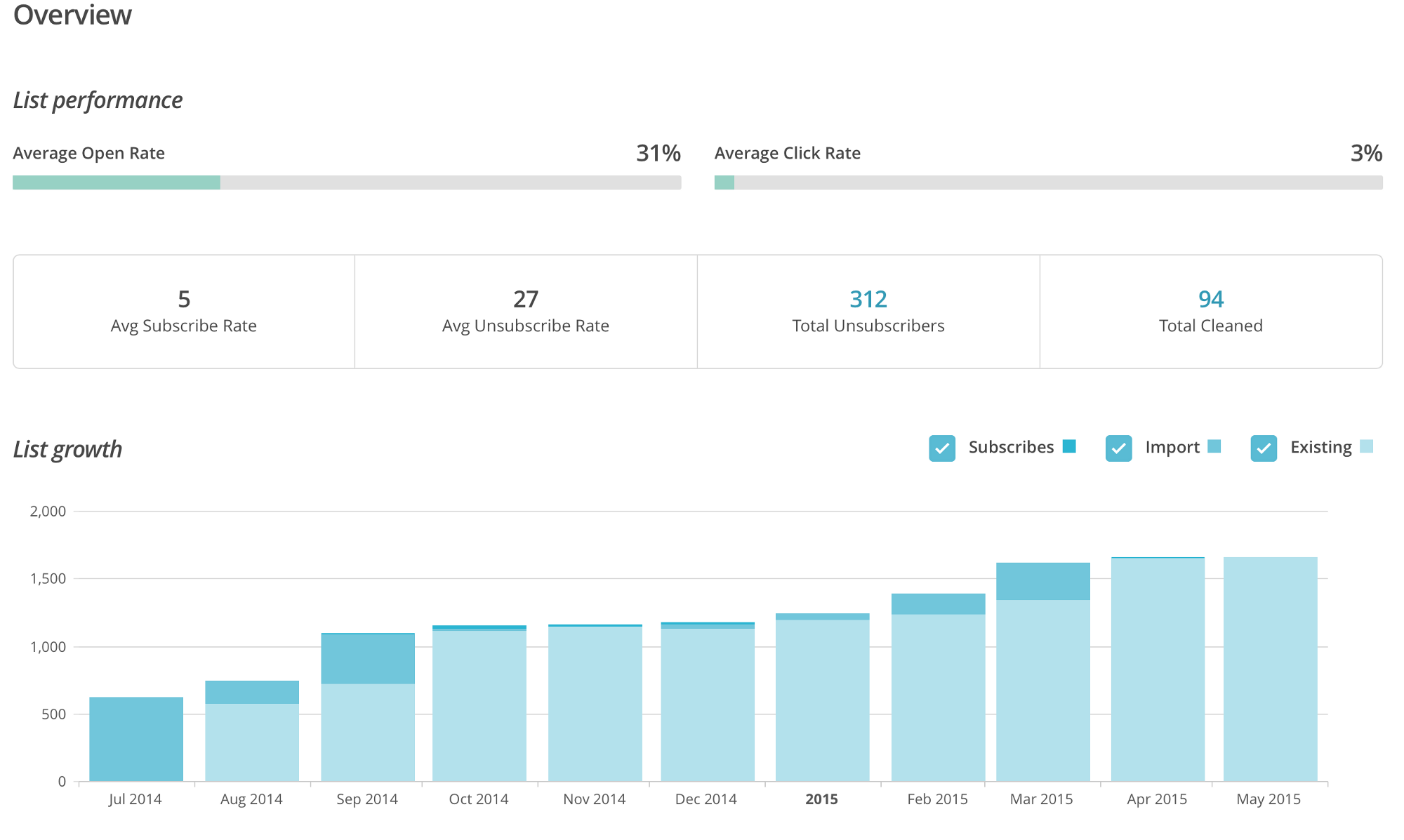  There are only imported subscribers because I never got the Mailchimp integrations for some of the collection sources working appropriately and decided there were more important things worth my time in the months leading up to launch. The strategy I used with the email list was: - Make most of the posts useful articles - Keep subscribers updated on Idea to App’s progress via a periodical postscript at the bottom of the emails - Send out two reminder emails in the week leading up to the launch of the book Had I had an appropriately targeted audience, this probably would have worked a lot better. Since my audience was all wrong, I can’t say. What I can say is that my MailChimp reflected my problem; people were reading it and enjoying it but didn’t want anything more. ---- With the old website, the iOS Sketch Paper, and How To Refine Your App Idea out, the email list was at about 600. I was emboldened by this and forged ahead with this strategy, the niggling worry that these weren’t the right signups forced to the back of my head by assurances from content marketers that this was great progress for three months. ---- Some connections from my app work hooked me up with a gig at the ITMPI, doing a webinar on breaking into the app space for project managers. The webinar was free, but they publicized it to a huge audience for me and I got to keep the emails of every attendee. That skyrocketed my email list above 1000. The content marketers and my hopeful side began to feel like maybe this book would be a great success. The same niggling worry said that these people wouldn’t convert because they weren’t the right people. I’d done several things right and had great things happen for me, and just numbers made it seem like the launch would be a great success. ---- #### Pre-Orders What gave the niggling worry fuel was the pre-orders. This whole time, less than $50 of pre-orders had been accumulated, and I had put out all the stops: - A sample chapter available - A discount available for ordering early - Pre-orders available through multiple outlets I foolishly assumed that people would get over their hesitancy and order the book when the pre-orders were out because then it would be instantly gratifyng. I should have looked into why these people weren’t buying and listened to my niggling worry that something wasn’t right. I did send out a survey, and it contained a few responses, but tucked within those responses was incredibly valuable information. This question should have told me that my audience was split between an indie software marketing one and a user experience one. Neither of these things was the audience I wanted. The audience I wanted, absolute beginner, would have checked more of everything and not been so heavily weighted in the direction of UX. Secondly, I should have listened to these people. I should have pursued and pursued and pursued them until they became sales. I focused on getting reviews and guest posts, and should have focused on exposing my audience to my book. Foolishly ignoring this data, in the blind hope that they would just purchase later, was my downfall.  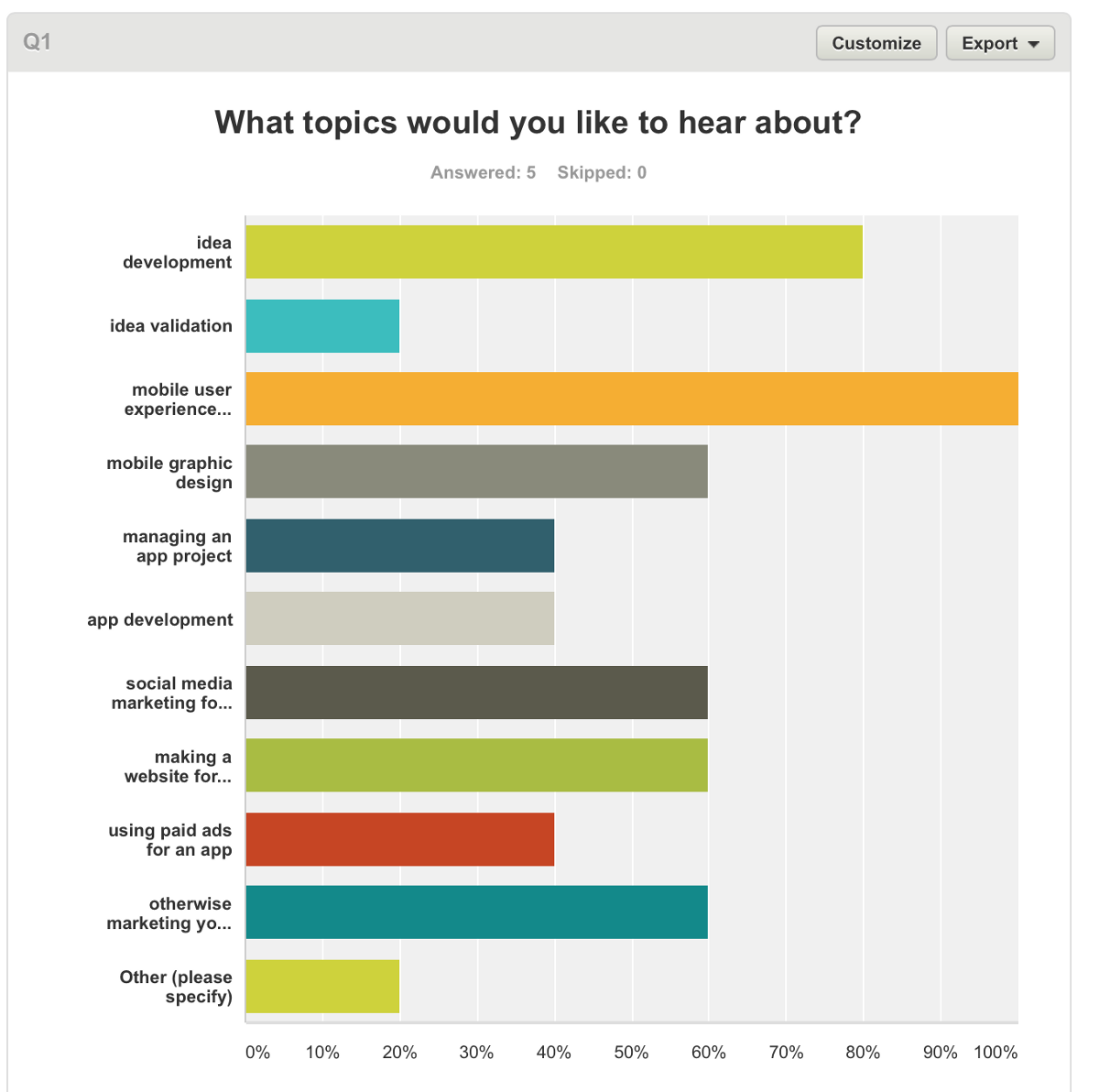 Foolishly ignoring this data was my downfall. ---- #### The Autoresponder Experiment One of my big goals for this project was to automate everything; after the book was out, I wanted to take a hands-off approach. My goal was to share what knowledge I did have with the world and move on, not launch into a magnificent app development career. So naturally, I wanted to try autoresponders. ConvertKit looked cool but Drip had a free plan and I put it to the test. I can’t access the dashboard anymore without paying their $49 charge since my free trial is up. It’s okay, I know the statistics off of the top of my head — it had a staggering 0 signups after two weeks. That was a brief and quickly over experiment. Once it’s financially viable (i.e. enough people download the sample chapter every month), I will sign up for and start using ConvertKit, but for now the autoresponder is on hiatus. ---- After the webinar boosted my email list to 1000 signups, emails collected primarily from the free giveaway content boosted the email list to ~1,500 at launch. ---- ## The Results My heart was torn between hope and dread on launch day. Hope, because my email list sat at 1,500 (a huge amount to build in 6–12 months) and my book cover & website were polished and attractive. Dread, because I knew in my heart of hearts the audience was all wrong. ###### Gumroad: The blue line is pre-orders and orders, the grey bars are views of the Gumroad pages 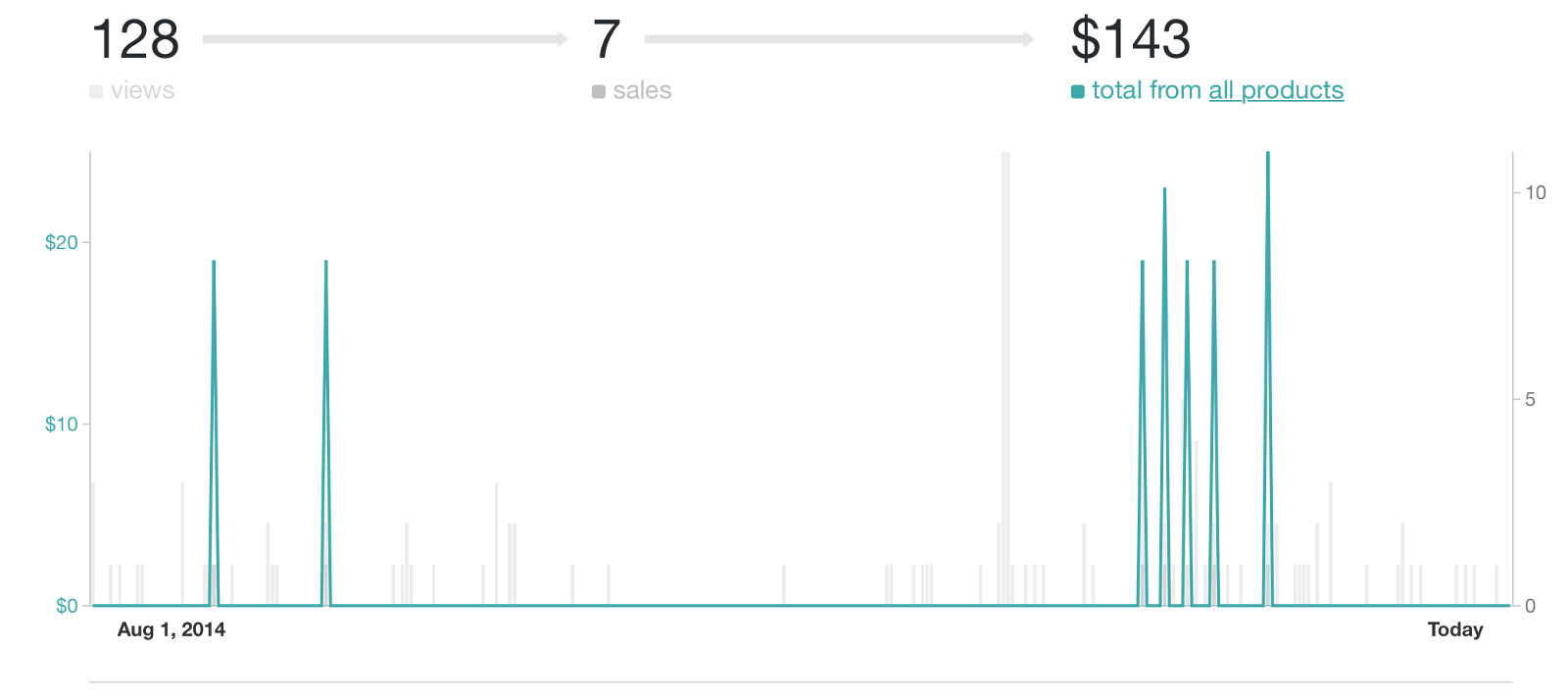 #### CreateSpace: Createspace doesn’t offer graphical results  #### iTunes Bookstore: The all-time view on AppAnnie. The sum was roughly $78. 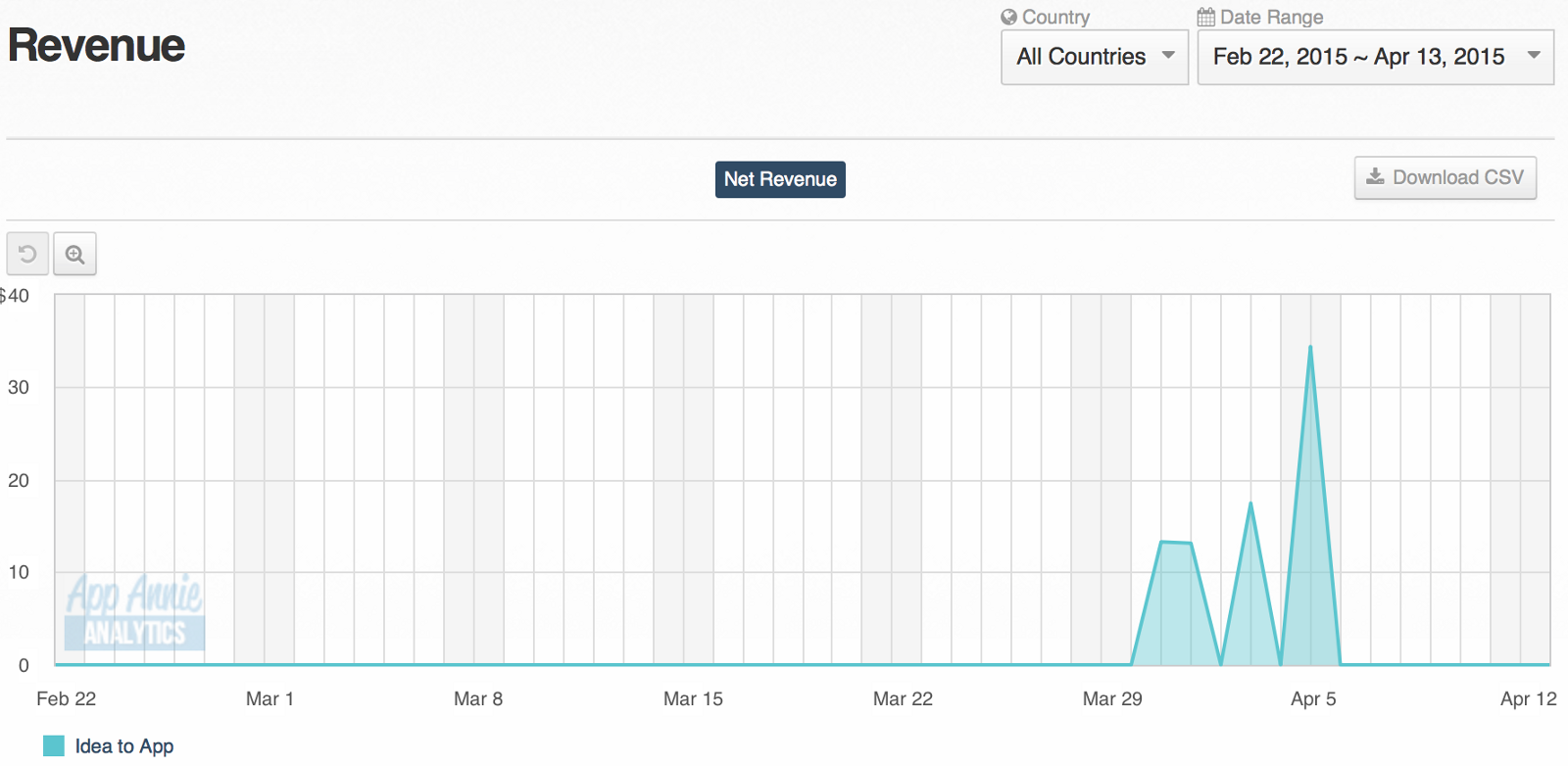 ## Lessons Learned - Target the correct audience. A huge audience that is the wrong audience is worthless (to you). - The amount of traffic the website received went up as time passed, even if I didn’tconsistentlyy post content. If your product is good, time is on your side. - If you have a niggling worry, don’t ignore it. ---- Hopefully my story will help you make the most out of yours. What do you think I should do? What adjustments should I make to redeem what I know to be a great product and bring the income from this up? What do you think my big problem was? If you’re a consultant and would like to offer me your services with these things, feel encouraged. If you are building a website or blog that could help me, please comment with your advice. ---- This article was originally published [on Medium on June 13, 2015](https://medium.com/@meganeholstein/how-i-made-333-selling-an-ebook-282928265f8a). [Photo by Aliis Sinisalu on Unsplash](https://unsplash.com/photos/yzVxz_OYVxU)